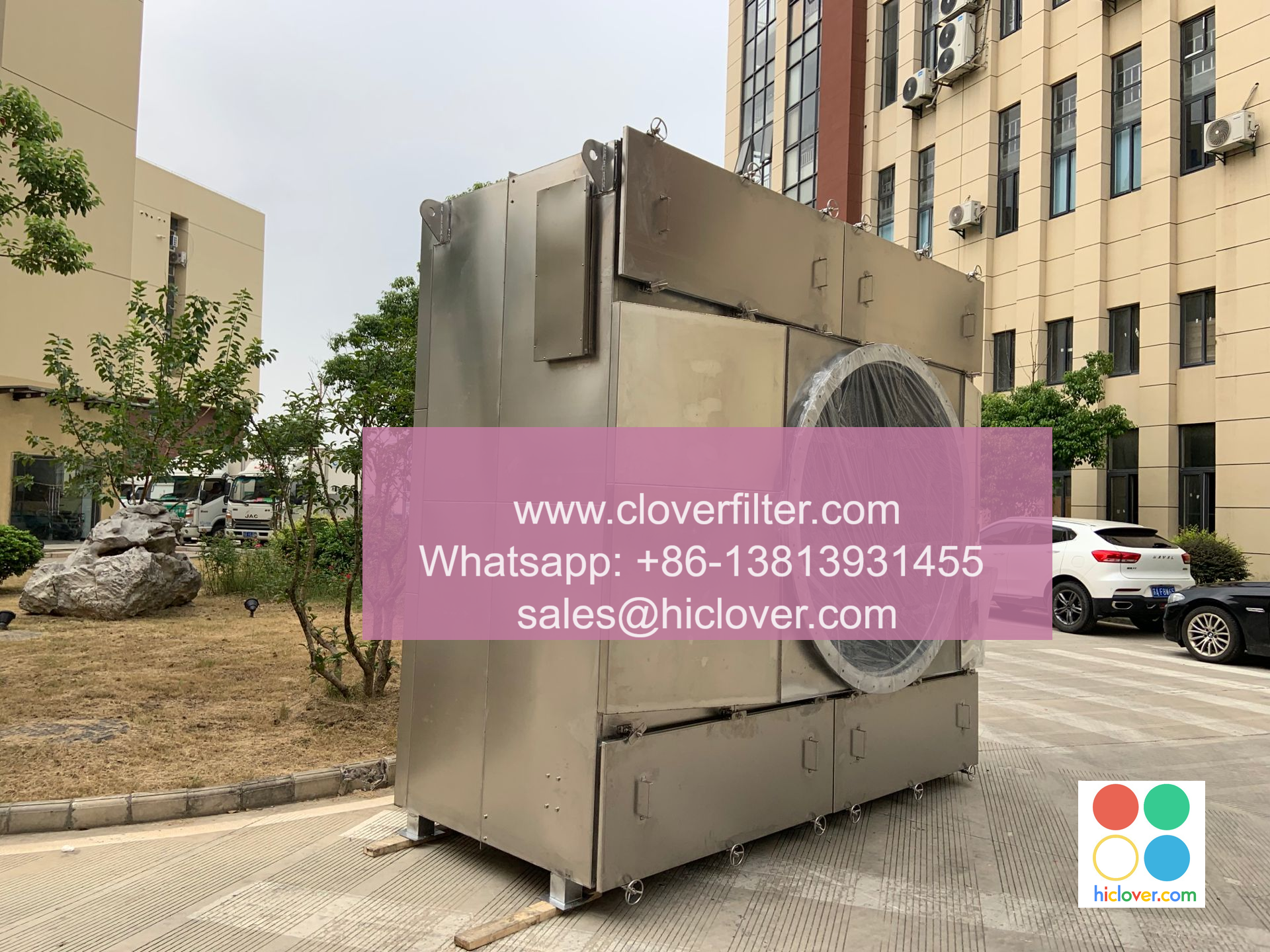The Business of Breathing: Understanding Air Filter Profit Margins

The air filter industry is a booming market, with the global demand for air purification systems on the rise. As people become more aware of the importance of indoor air quality, the need for effective air filters has increased, driving the growth of the industry. In this article, we will delve into the business of breathing, exploring the profit margins of air filters and highlighting various application areas.
Introduction to Air Filters
Air filters are devices designed to remove pollutants and contaminants from the air, improving indoor air quality and promoting healthier breathing. These devices use various technologies, including HEPA filtration, activated carbon, and UV light, to capture particles, gases, and microorganisms. Air filters are used in a wide range of applications, including residential, commercial, and industrial settings.
Air Filter Profit Margins
The profit margins of air filters vary depending on the type, quality, and application. On average, the profit margin for air filters can range from 20-50%, with high-end filters reaching margins of up to 70%. The cost of production, marketing, and distribution all impact the final profit margin. Companies that manufacture and sell air filters must balance the cost of production with the demand for their products, ensuring that they remain competitive in the market.
Application Areas
Air filters have a wide range of applications, including:
* Residential Air Purification: Air filters are used in homes to remove allergens, dust, and other pollutants, improving indoor air quality and promoting healthier breathing.
* Commercial Air Filtration: Air filters are used in offices, restaurants, and other commercial spaces to remove pollutants and odors, improving indoor air quality and reducing the risk of airborne illnesses.
* Industrial Air Filtration: Air filters are used in industrial settings, such as factories and manufacturing facilities, to remove pollutants and contaminants, improving workplace air quality and reducing the risk of occupational illnesses.
* Transportation Air Filtration: Air filters are used in vehicles, including cars, buses, and trains, to remove pollutants and contaminants, improving in-vehicle air quality and promoting healthier breathing.
* Medical Air Filtration: Air filters are used in medical facilities, including hospitals and clinics, to remove pollutants and contaminants, improving indoor air quality and reducing the risk of airborne illnesses.
Key Players and Technologies
The air filter industry is dominated by key players, including 3M, Honeywell, and Lennox. These companies offer a range of air filter products, including HEPA filters, activated carbon filters, and UV light filters. Emerging technologies, such as nanofiber filtration and biotechnology-based filtration, are also being developed to improve the effectiveness and efficiency of air filters.
Conclusion
The business of breathing is a growing industry, with the demand for air filters on the rise. Understanding air filter profit margins and application areas is crucial for companies looking to enter or expand in this market. By highlighting various application areas and key players, we can see the vast potential of the air filter industry and the importance of effective air filtration in promoting healthier breathing and improving indoor air quality. As the industry continues to evolve, we can expect to see new technologies and innovations emerge, further improving the effectiveness and efficiency of air filters. You haven’t asked a question or provided any context. What would you like to talk about or ask? I’m here to help with any topic or question you have.

